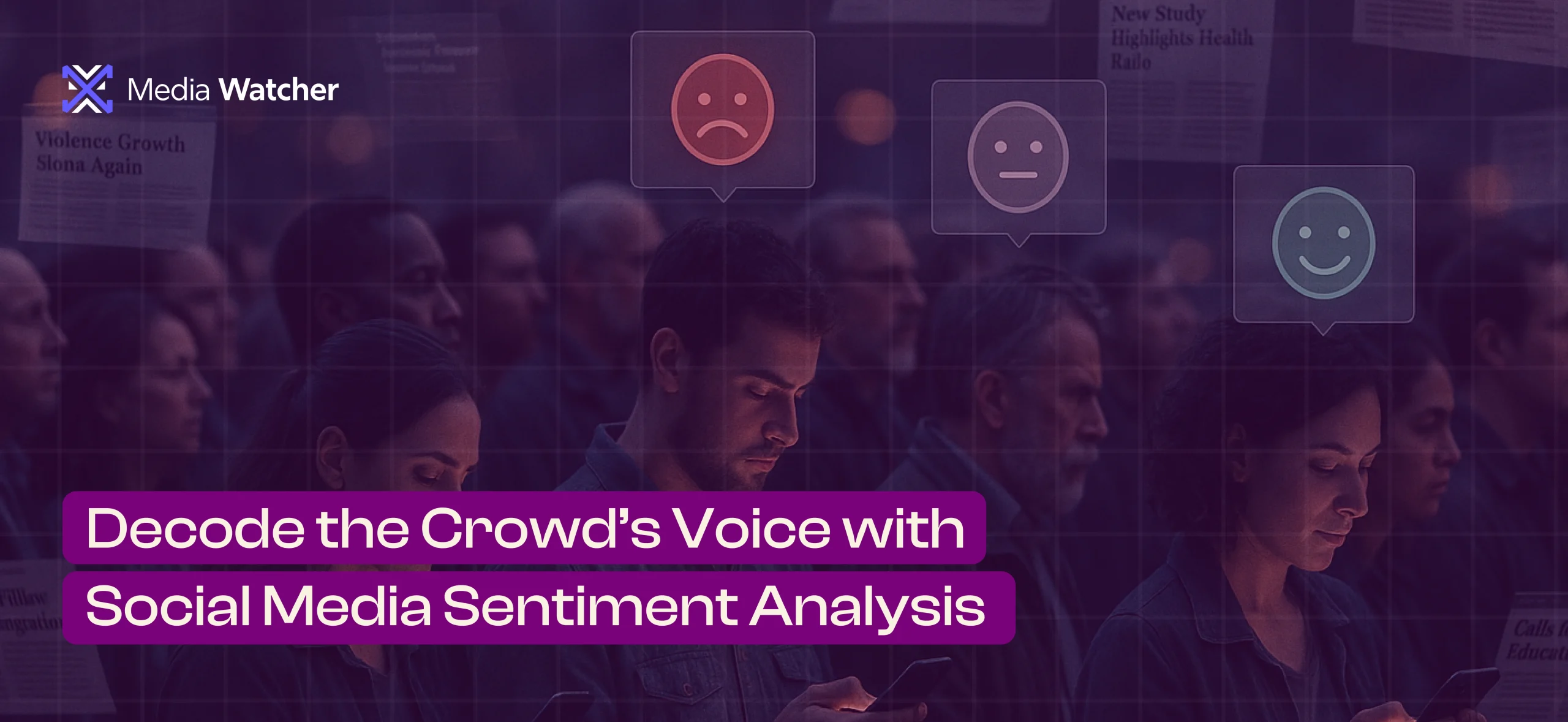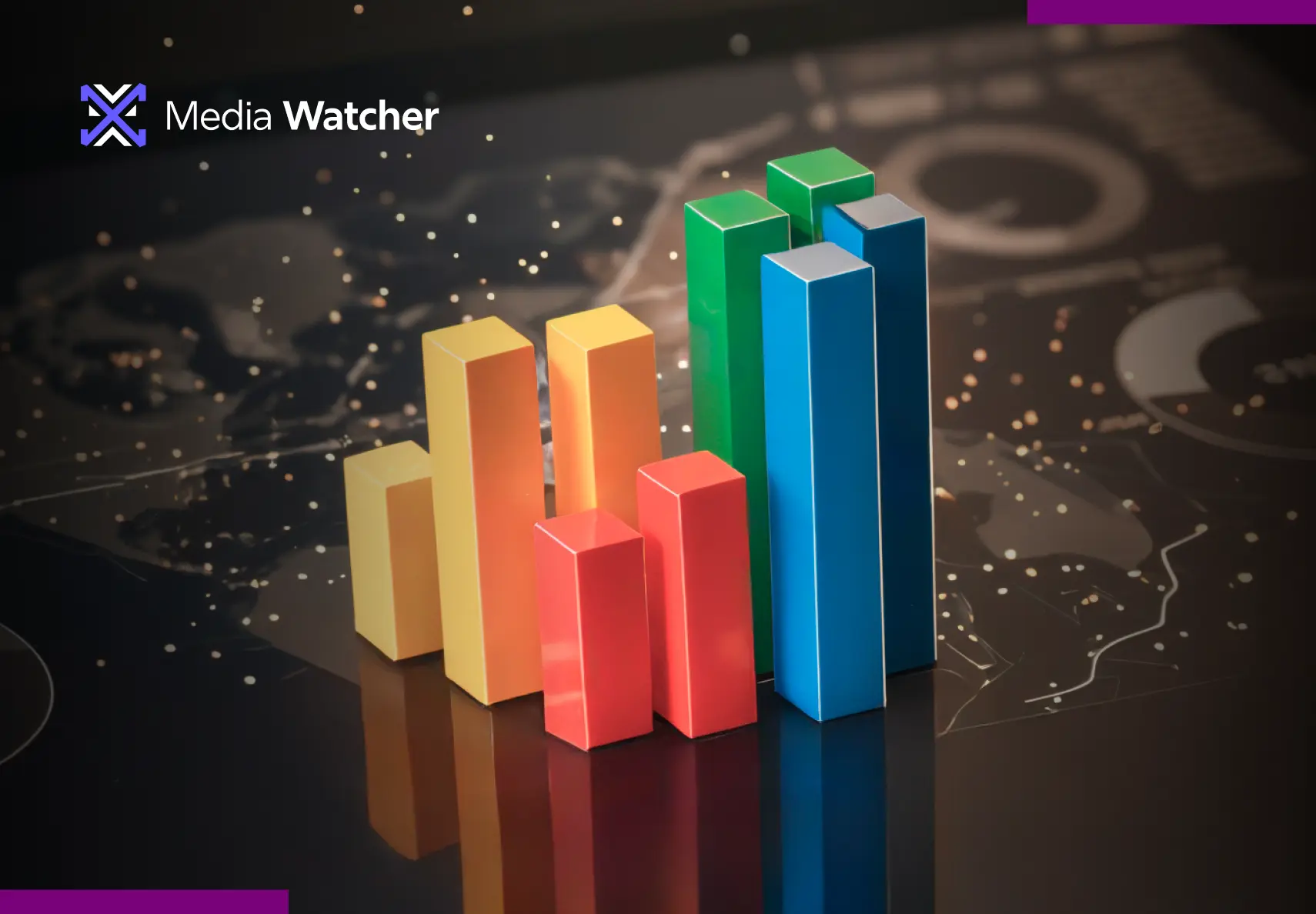Ever wondered what the internet really thinks about your brand?
Not just the likes and shares, but the real talk happening in social media posts, comments, and hashtags. Right now, there are more than 5.2 billion individuals, equivalent to approximately 64% of the world’s population, who are currently posting, responding, and sharing on social media on a daily basis. Hidden within this nonstop stream of opinions lies the emotional heartbeat of your audience.
That’s where social media sentiment analysis takes charge, not as a passive observer, but as a savvy digital detective, to decode emotions, spot patterns, and turn the chaos of online chatter into meaningful business insights. It’s not just about knowing what’s trending; it’s about understanding why it’s trending and, most importantly, what those sentiments mean for businesses, product offerings, and the inclination of your end users.
What is Social Media Sentiment Analysis?
Social media sentiment analysis helps decode what people really feel about the brands, products, or even the events by analyzing the tone behind the posts, comments, and discussions.
Consider a scenario where a tech company launches a new feature within a product, positive responses like “This update is a game changer” can signal public approval. Meanwhile, the negative remarks, such as “This ruined the user experience,” may show potential backlash.
At the same time, PR teams rely on social media sentiment analysis as a proactive approach to detect early signs of reputational risk, allowing them to respond before a negative story spreads.
Interpreting Sentiment with Real-World Impact
In the interpretation of sentiment involving impact, it is important to consider the participants influencing the discussion. Such voices associated with high authority, like big news conglomerates or influencers, are given much more credence than the posts of casual users.
As an example, a serious post shared by Al Jazeera, CBC News (2.5M followers, 96% influence), or Zee News (41.2M followers, 95% influence) is going to cause a great number of reactions and will form the opinion of the people immediately.
On the same note, it can influence the conversations in an online community by high-engagement Reddit users, such as those with a large following, even if their identities are less widely known. Influence scores indicate the reach and authority of each source.
The scores can assist brands in prioritizing the voices that need to be heard. Using such powerful conduits, companies may feel when the sentiment changes and make adjustments where it counts.
How Sentiment Analysis Methods Work?
Sentiment analysis integrates the language structure, contextual interpretation, and user purpose, permitting the model to recognize the faint tone, such as sarcasm, irony, or expressed passion. This is a strong point that helps brands actively monitor public opinion and respond proactively.
Behind this process are models that use different techniques to interpret meaning and tone. Such models usually adhere to one of three methods:
- Rule-based approaches are those methods that use a predetermined list of words and syntax rules to label sentiment.
- Machine learning algorithms use big data sets to find trends and enhance accuracy as the system evolves.
- Hybrid models integrate both techniques (rule-based and machine learning), and these are more flexible and more accurate.
The combination of these methods can help capture the tone and purpose of social media conversations.
Media Watcher Maps Real-Time Sentiment Trends Across Global Conversations
The following case studies, based on the Iran-Israel conflict and Zohran Mamdani, present a better idea of how sentiment trends change across social platforms during situations that are globally exceptional.
Public Emotion During the Iran-Israel Conflict
The recent conflict between Iran and Israel is one of the recent global events that attracted a great surge of responses on social media. The event soon became a topic of international concern, creating a stir of heated debates, emotive reactions, and enormous comments online.
Social media did not just echo the news; it became the narrative. As emotions surged globally, Media Watcher tracked and decoded the digital mood, revealing how the world responded in the moment.
The data reveals that there are only 3% positive sentiments, but eye-opening 71% were negative reactions, and the other 15% were neutral, giving a picture of concern, outrage, and fear that was brewing with regard to the unfolding conflict.

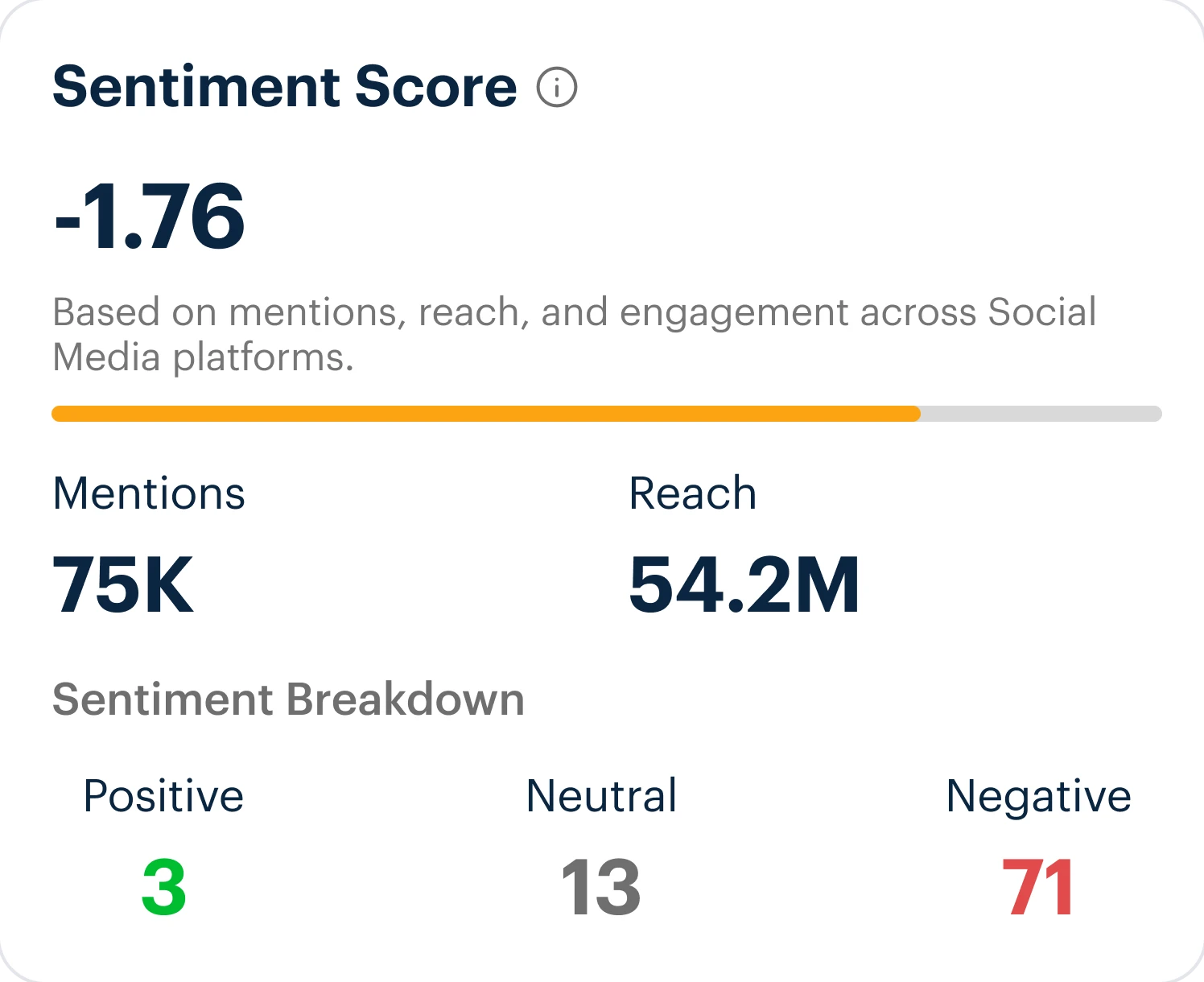
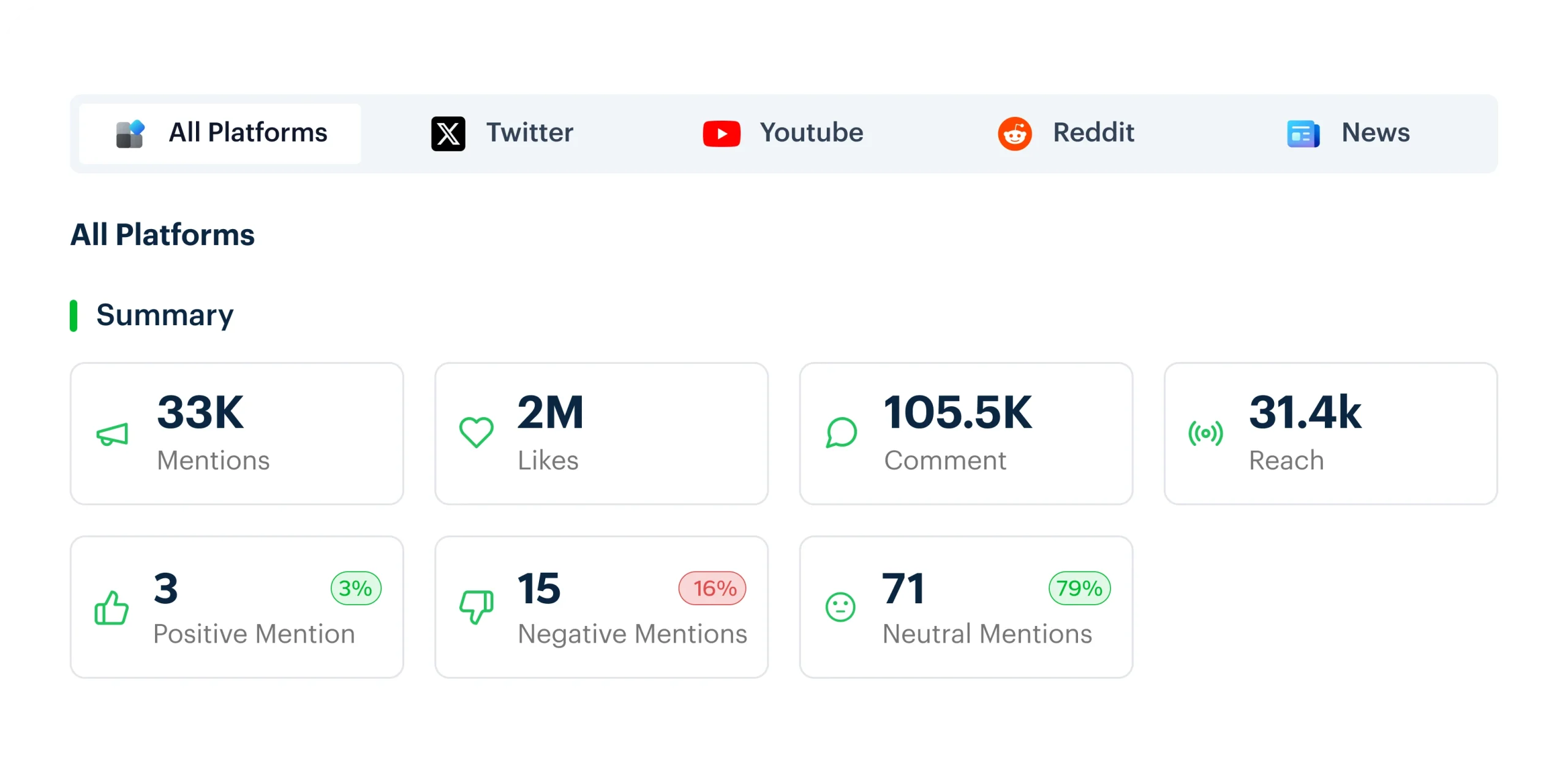

Measuring Sentiment Over Time
The platform does not merely measure social media analysis over volume; it identifies sentiment changes over time, exposing how the emotions of people shift in response to major events.
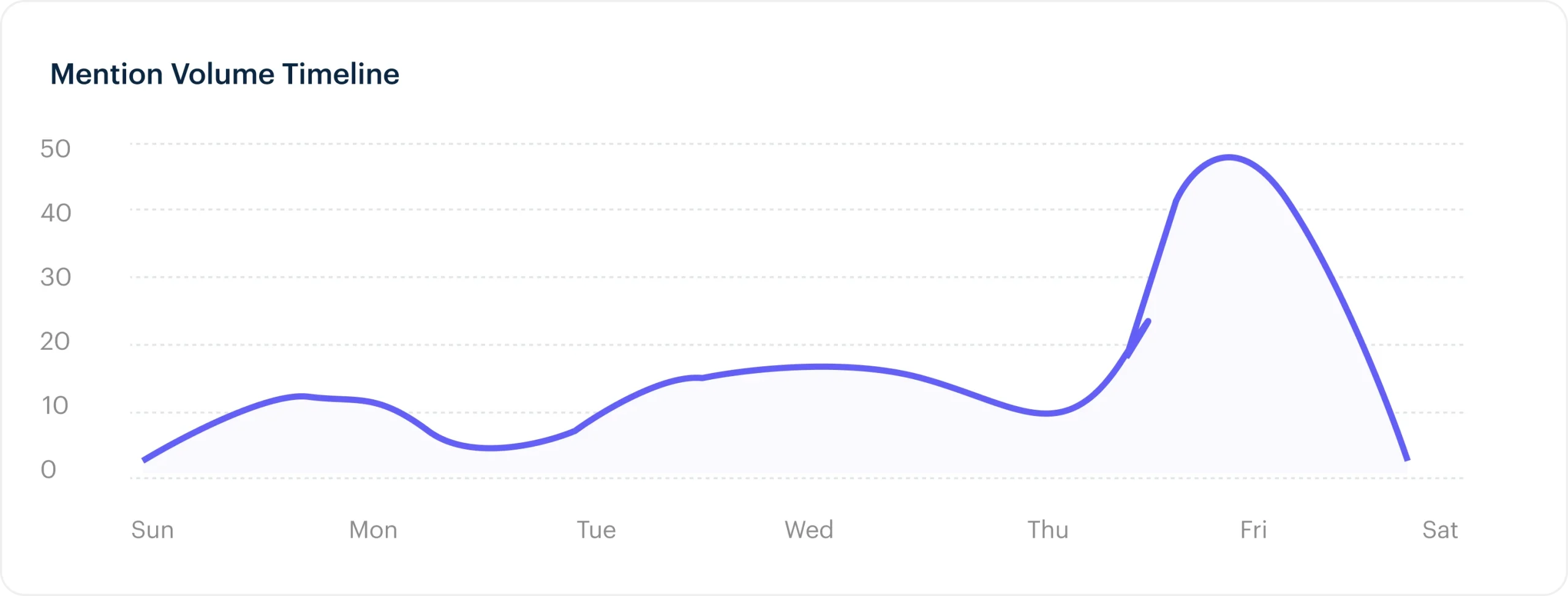
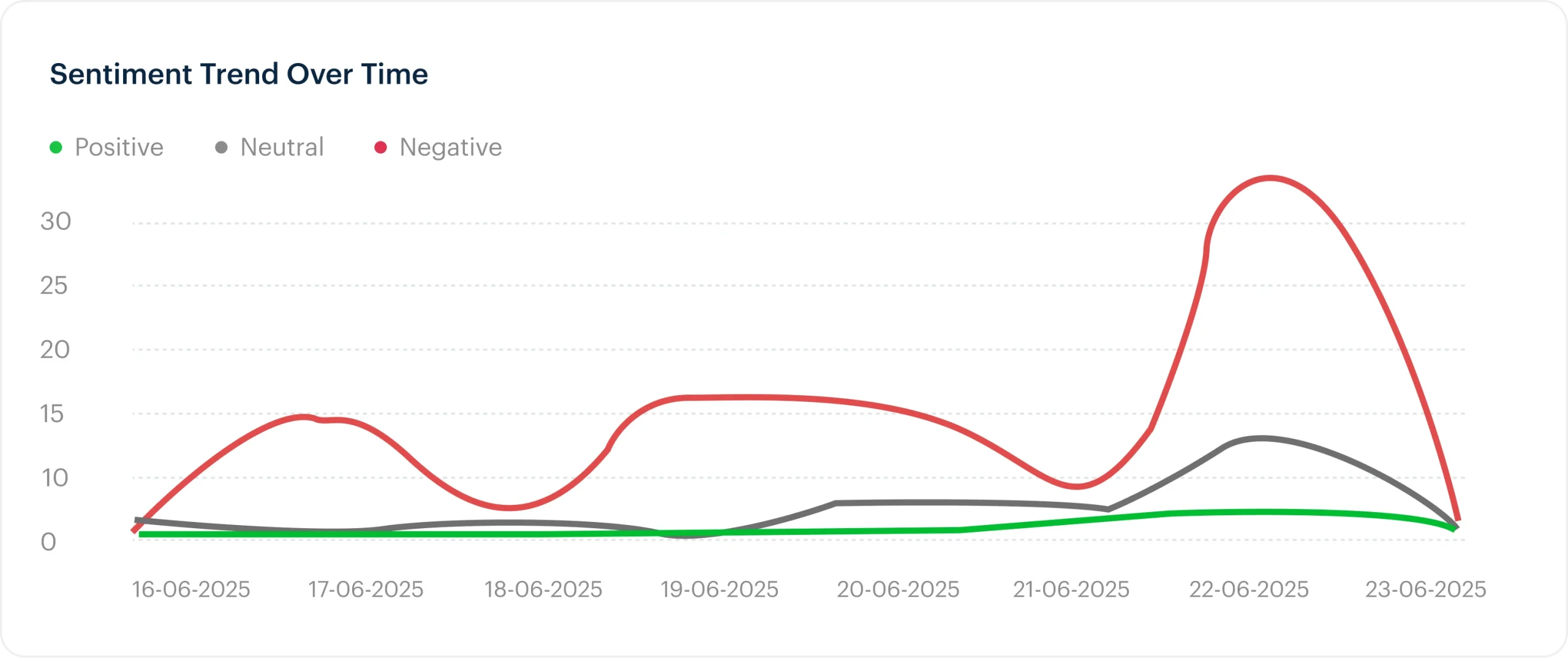
Multi-Platform Visibility of Public Emotion
Media Watcher provides valuable insights into how diverse audiences react to major global developments. It maps sentiment changes across Twitter, Reddit, and Facebook, visualizing audience reactions and highlighting how responses vary across different segments.
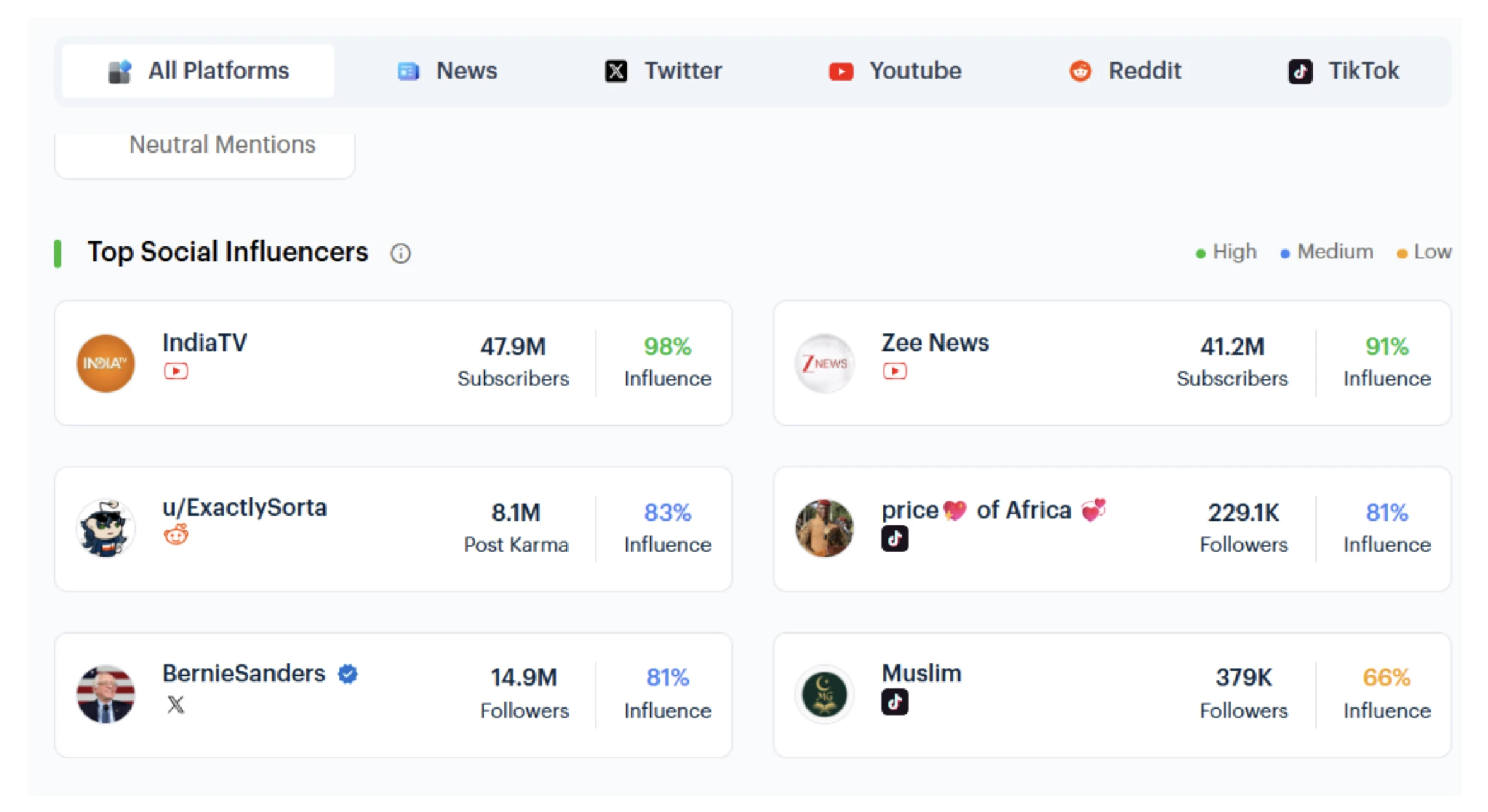
Regional Trends and Narratives
Sentiment breaks by language and country also provide additional understanding of sentiment in regions. Moreover, the code words and hashtags trending can also indicate the rise of a new narrative.
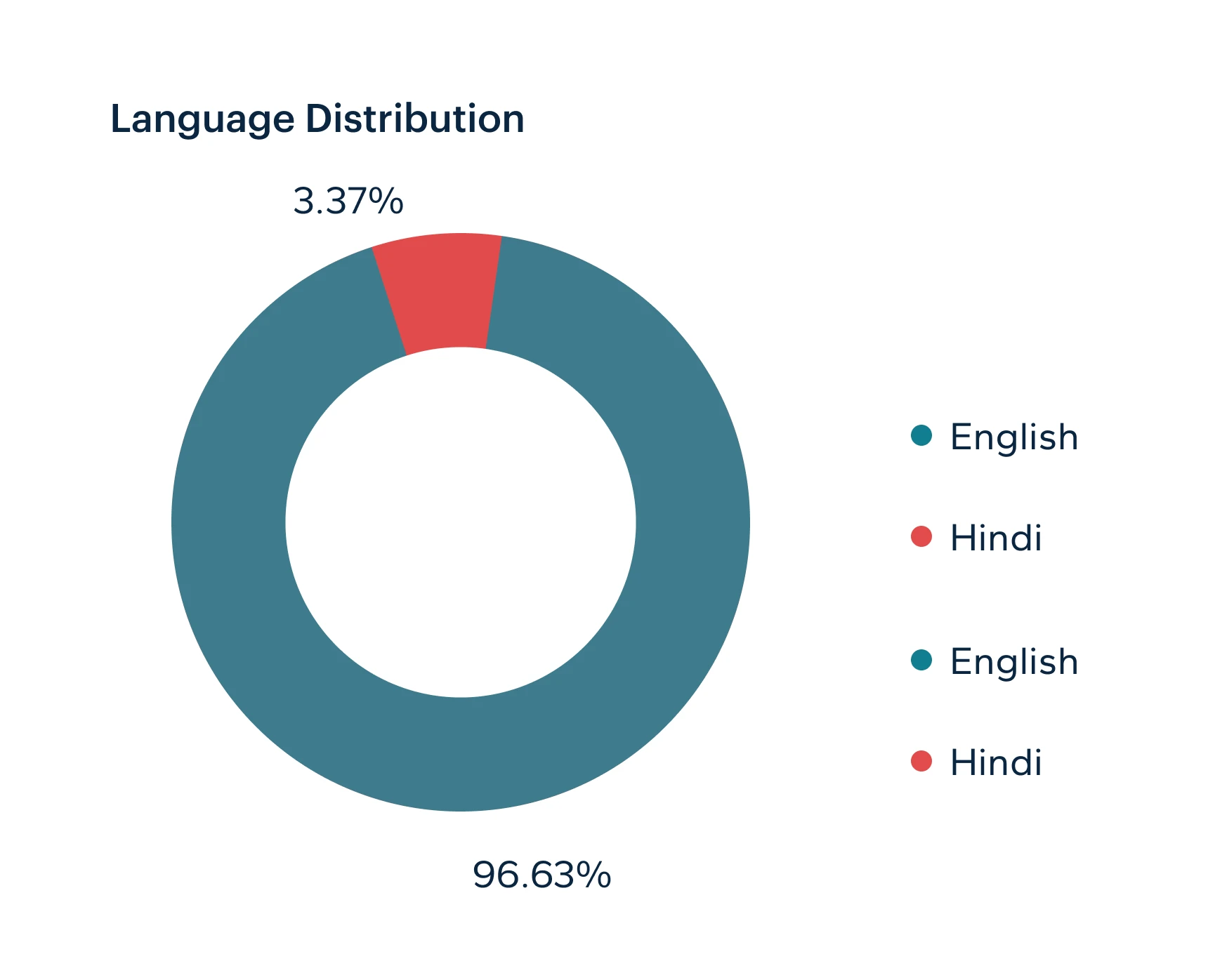
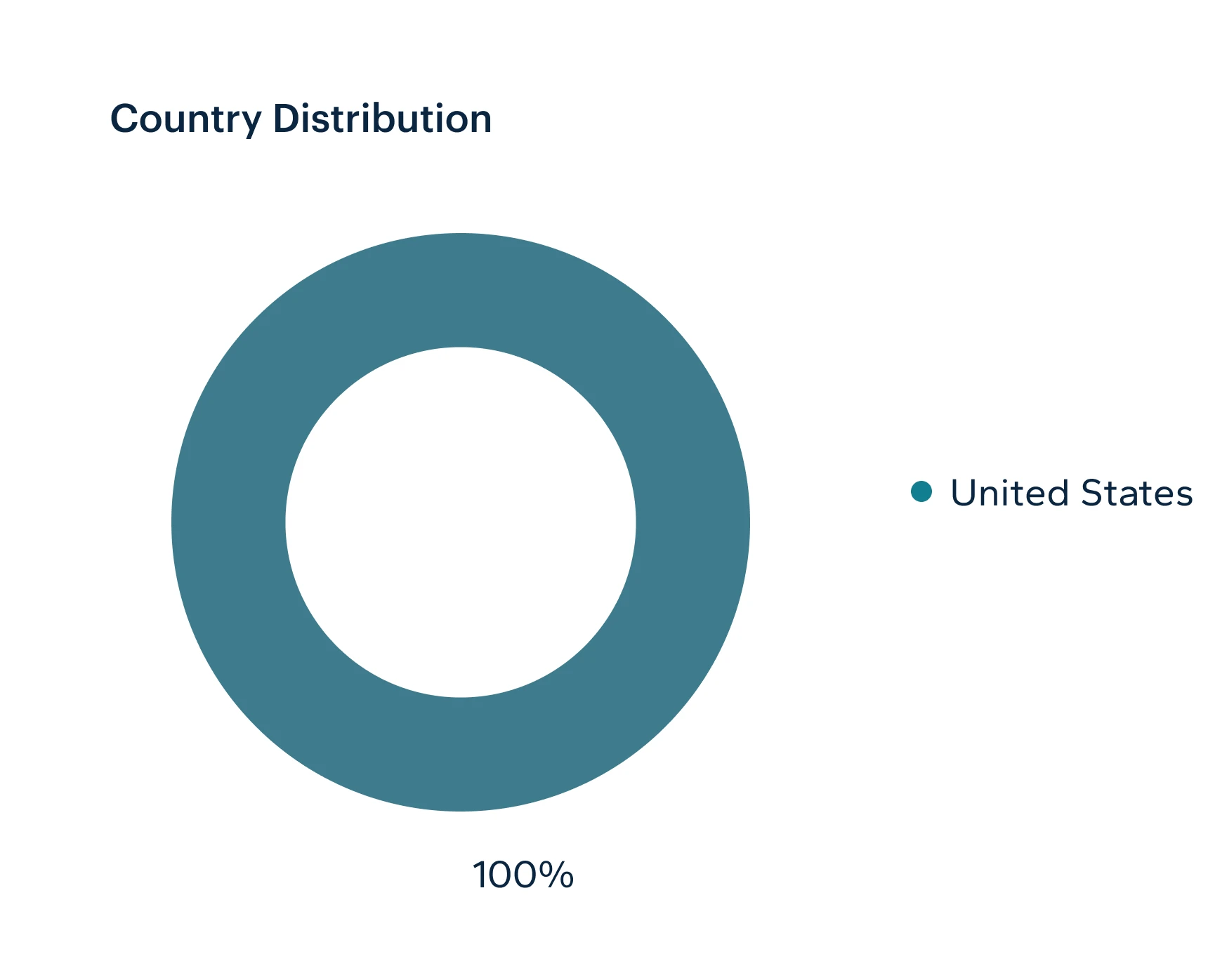
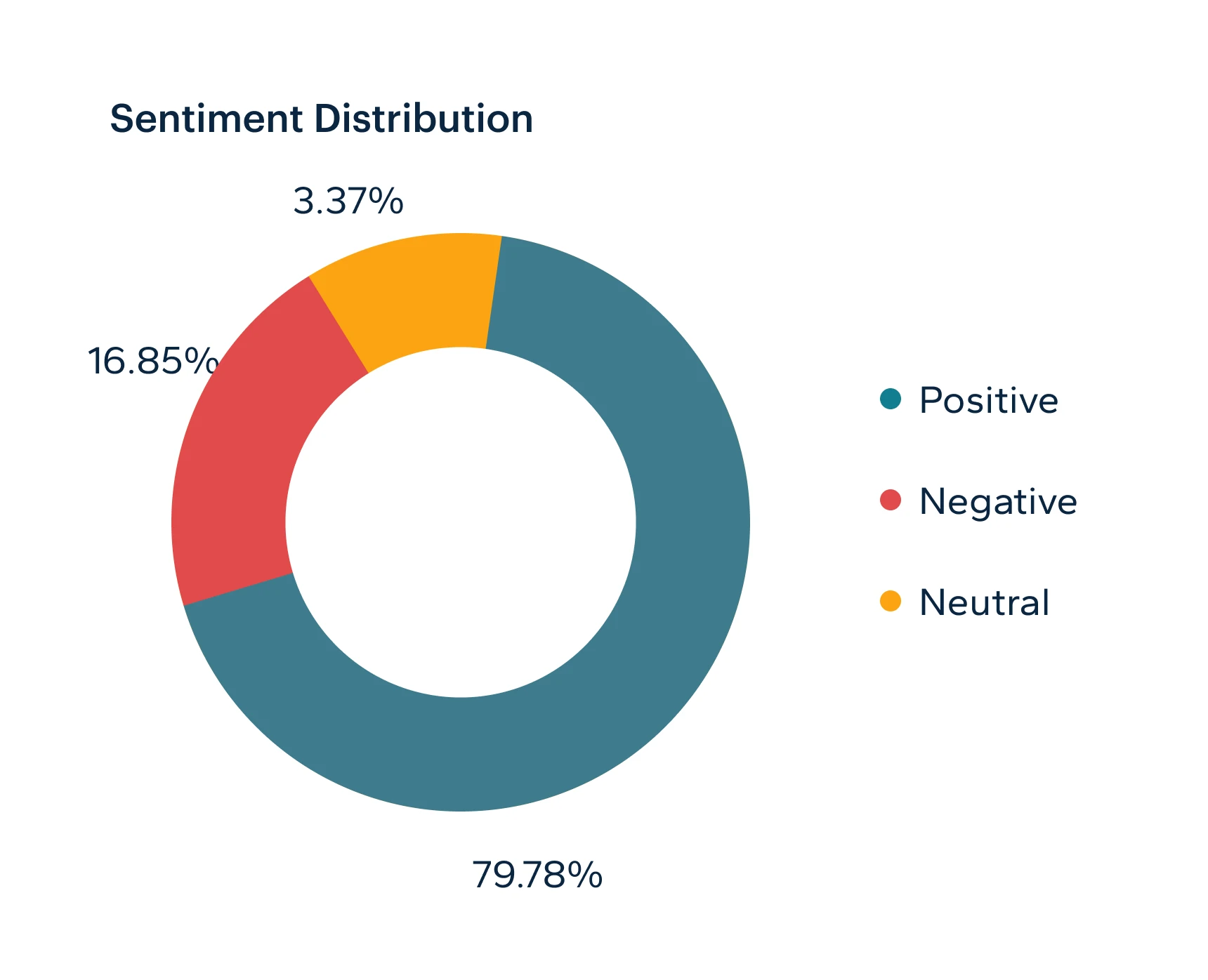
Public Reaction to Zohran Mamdani on the Global Stage
Meanwhile, when the world was focused on the growing tension between Iran and Israel, an unexpected personality broke through that veil, Zohran Mamdani, a New York politician. With a reputation for leftwing policies and an increasingly bright campaign spotlight in the Mayoral race in NYC, Mamdani ignored the digital convention and initiated a wave of dialogue.
This drift was noticed by Media Watcher immediately and followed not only by the number of mentions but by the emotionally heavy loading. When he was being mentioned in the context of his campaign, emotions were primarily positive, with positive mentions amounting to 37%, and critical mentions right at 22%. His profile as a youthful, change-motivated leader hit a chord as it received more than 4.4 million likes and almost 146K comments.

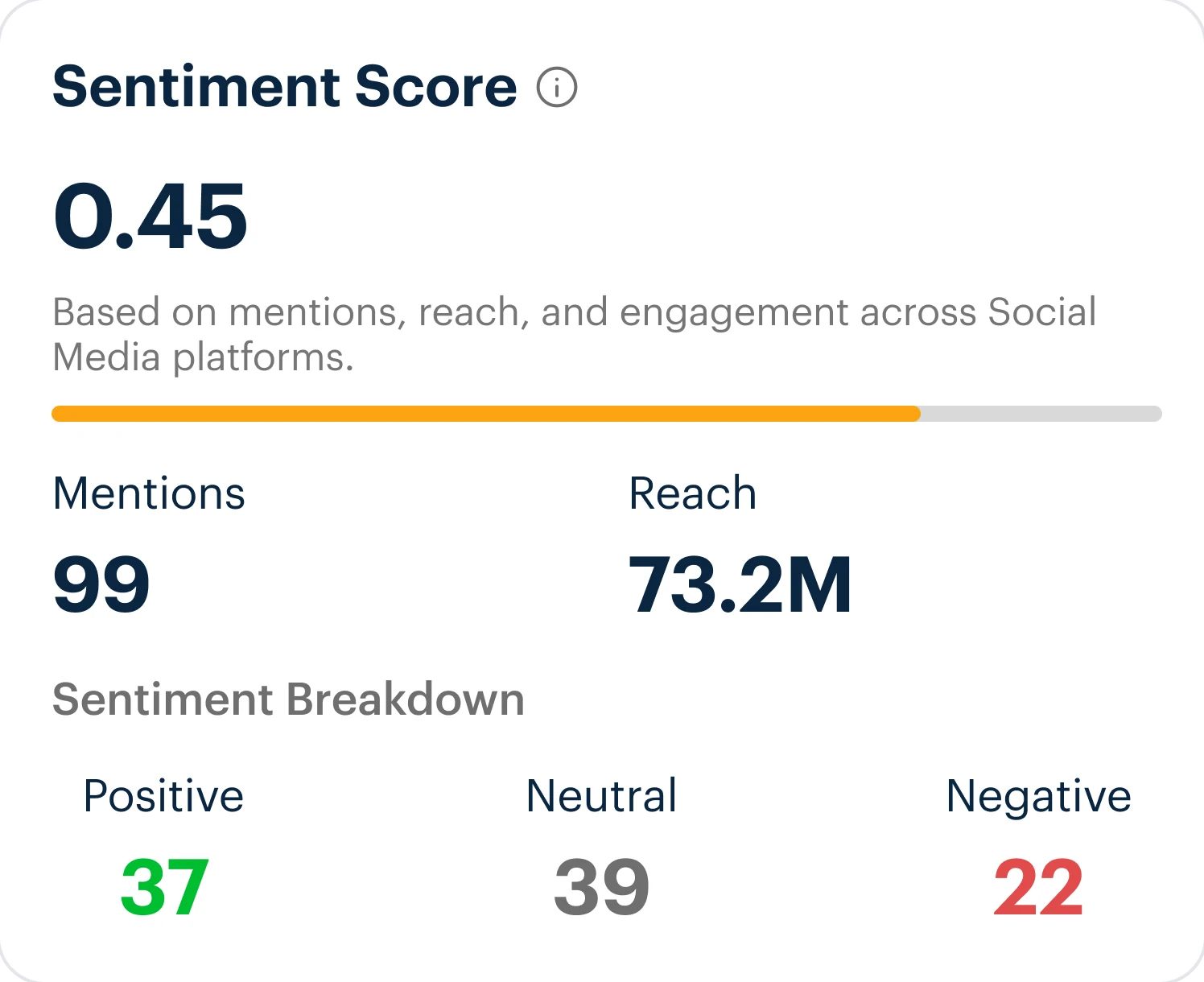
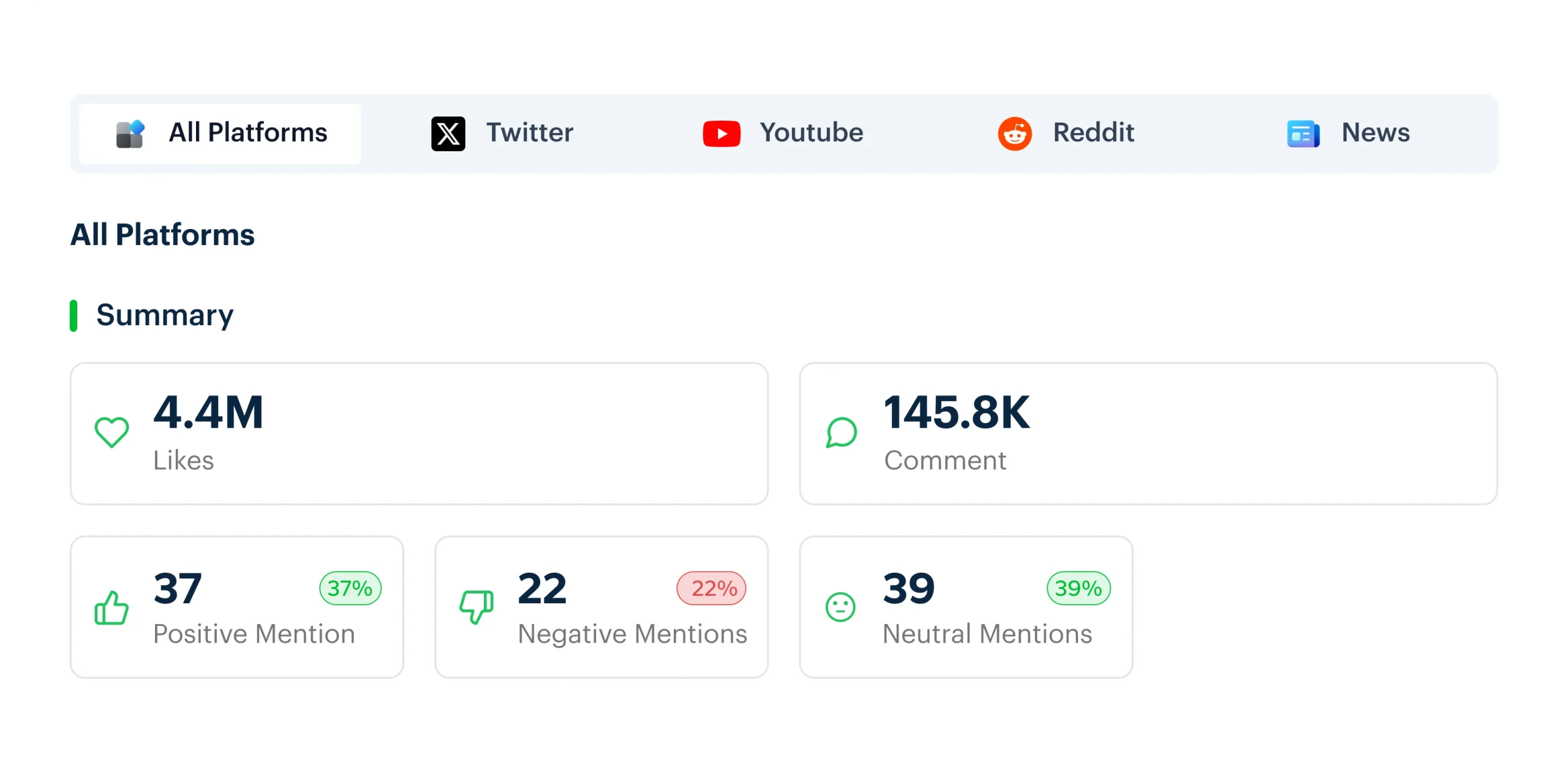

However, things turned out to be different when the voice of Mamdani came onto the international stage. With his public criticism against the U.S. participation in the war and the violence, another story emerged that was mixed with emotion, ideology, and conflict.
References that fused his name with the Iran-Israel war had a different ethical; 54% were negative, and the score of sentiment came to -1.12. The reach was still impressive, 4.5 million impressions or viral hashtags, such as #iran, #trump, and #zohranmamdani were creating the discussion; however, the sentiment was more mixed.

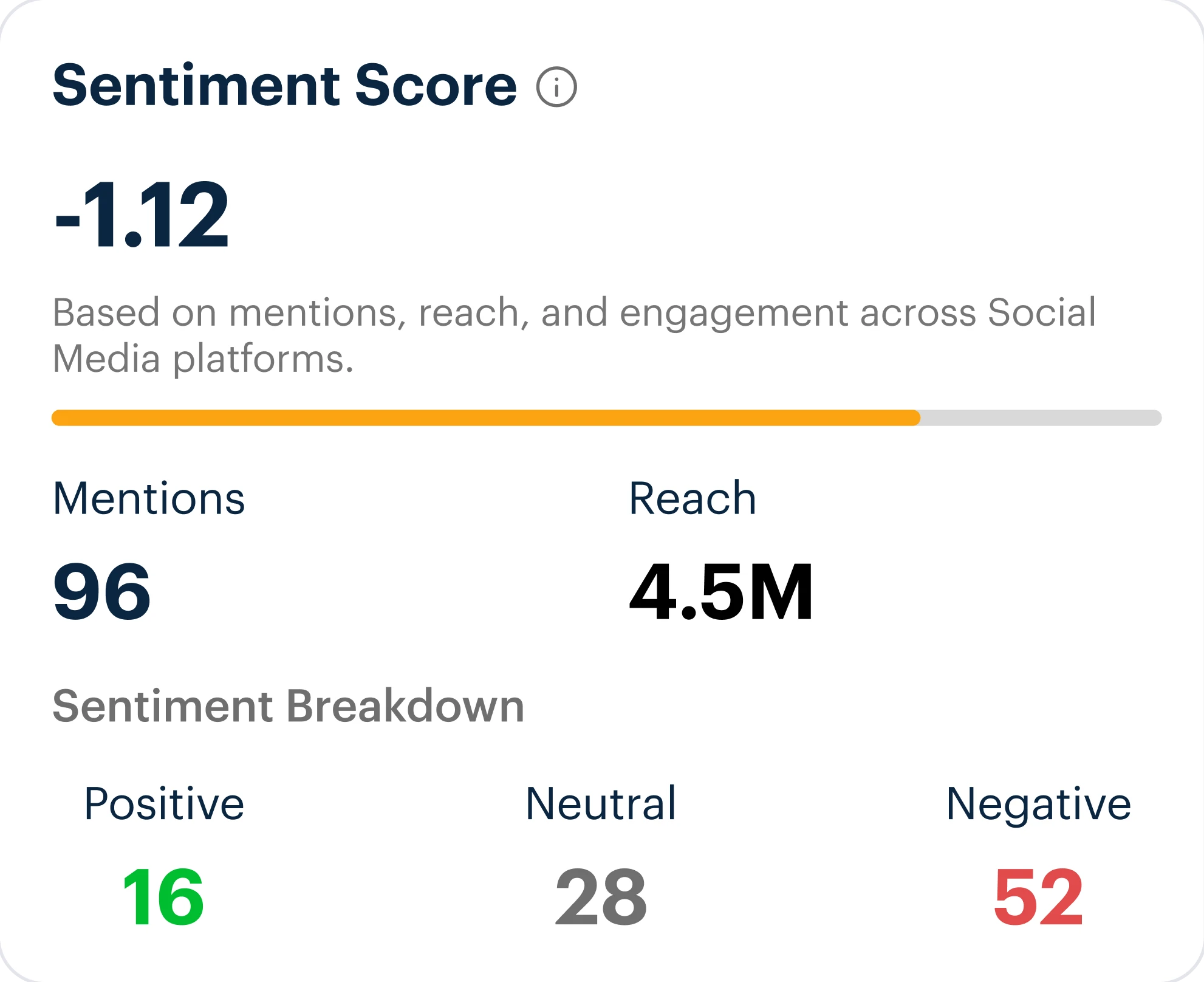
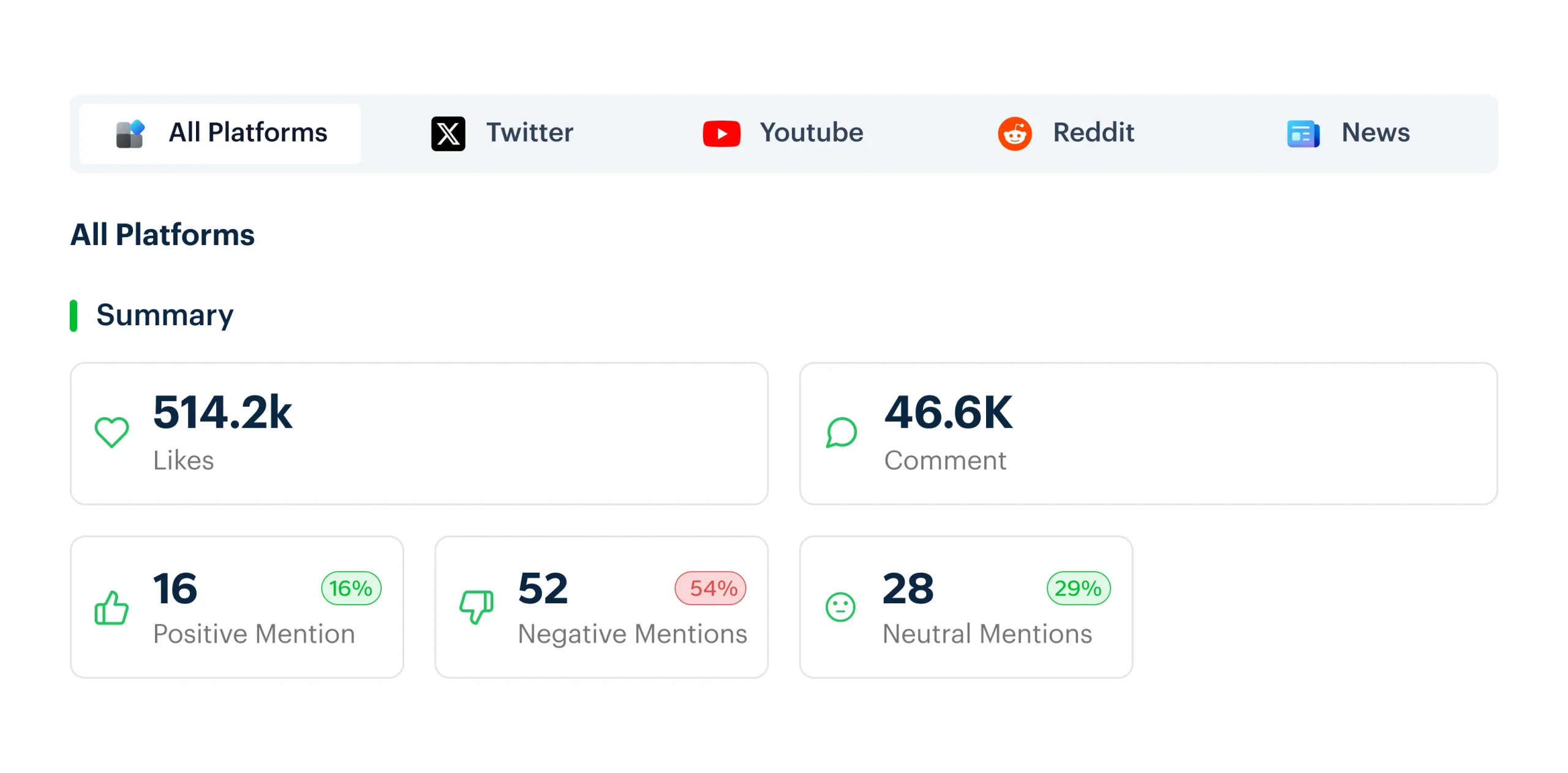

The entity-level sentiment analysis that Media Watcher provided was able to put this contrast into clear perspective and illustrate how one voice can go, once in line with global unrest, from hopeful to polarizing within a span of a few hours. When politics and war combine, Media Watcher transfers real-time data into readability and helps to see how fast the mood of the discussion may shift.
Suggested Read: A Complete Guide to Social Media Listening
How Businesses Can Benefit from Social Media Sentiment Analysis Tools?
Before introducing a campaign or making any important decisions, businesses tune into social media sites to get to know what people are discussing. This helps them avoid negative reactions, spot potential issues early, and adjust their message to match public sentiment. They will be in a position to get an instant feel of whether the sentiment is positive, negative, or neutral using the social media sentiment analysis tools. More importantly, this approach delivers measurable ROI by minimizing reputational risks and boosting campaign performance.
Crisis Detection and Reputation Management
Crisis detection and management of reputation is one of the major use cases of social media sentiment analysis. Let’s discuss it with a social media sentiment analysis example: a major fashion company noticed an increasing level of negative sentiment toward some misperceived advertisement.
The PR team receives notifications in a few minutes using the sentiment analysis API. They stop campaigns that are in progress and publish a clarification, which manages to restrict the backlash within one or two hours.
Investor and Market Analysis
Traders are likely to monitor the emotional roller coaster in the social media conversations about cryptocurrencies, stocks, or company actions to predict market changes. The investor habits can easily change with sentiment trends, buying volume spikes, and powerful influences, such as the tweets by Elon Musk.
Real-time analytics is beneficial to industries that are able to identify these triggers earlier and make a smarter, quicker decision
Brand Campaign Feedback
Sentiment tracking also comes in handy with brand campaign feedback. A sentiment analysis model keeps track of the reactions while advertising a new product or a launch by the marketing teams.
In case the audience response receives a negative or mixed reaction, the team can adapt the messaging, engagement plan, or campaign focus in a hurry and avoid reputational damage.
Compliance and Risk Intelligence
Risk intelligence and compliance depend on the early warning signs. Amenities of sentiment analysis survey local news, forums, and social media websites to detect references to regulatory actions or NGO criticism, hence providing teams with the opportunity to react before issues escalate into global headlines.
How Effectively Does Media Watcher Monitor Sentiment Shifts?
In moments of crisis or opportunity, timing and context matter. Media Watcher is designed not only to track what’s being said but to detect how sentiment shifts across platforms, geographies, and languages, almost instantly.
Speed and Accuracy
On social media, sentiment can shift in seconds. Media Watcher delivers ultra-fast alerts within 200 milliseconds, right after a mention is detected. It scans over 100,000 sources, including platforms like Twitter, Reddit, and Facebook, along with forums and global news, which offer a complete view of online sentiment across 235 countries and in 80+ languages. This speed is crucial for catching sentiment spikes before they escalate.
Real-time Sentiment Detection
Social media users express opinions in nuanced ways, often with sarcasm, slang, or mixed emotions. Media Watcher’s advanced sentiment analysis system accounts for this complexity, scoring sentiment from -10 to +10 and analyzing emotional tone in real time. This allows businesses to accurately interpret how audiences are truly reacting to campaigns, announcements, or crises.
Contextual Insights, Not Just Data
Beyond raw scores, it assigns influence ratings and emotional tags such as anger or joy, by providing clear summaries for each mention. Whether accessed via dashboard, API, Slack, or FTP, the tool delivers contextual insights ideal for brand, PR, compliance, and investor monitoring.
FAQs
How to do Social Media Sentiment Analysis?
Effective social media sentiment analysis involves collecting real-time mentions across platforms, applying natural language processing (NLP) to detect emotional tone, and visualizing trends through tools like Media Watcher. Advanced platforms also enable entity-level tracking, language-based sentiment splits, and time-based trend monitoring to uncover deeper insights.
What is the Fundamental Purpose of Sentiment Analysis on Social Media?
The core purpose is to decode public emotion behind digital conversations, helping brands anticipate reactions, manage reputation, and align messaging in real time. It transforms scattered opinions into strategic insights that support decision-making during events, campaigns, or crises.

